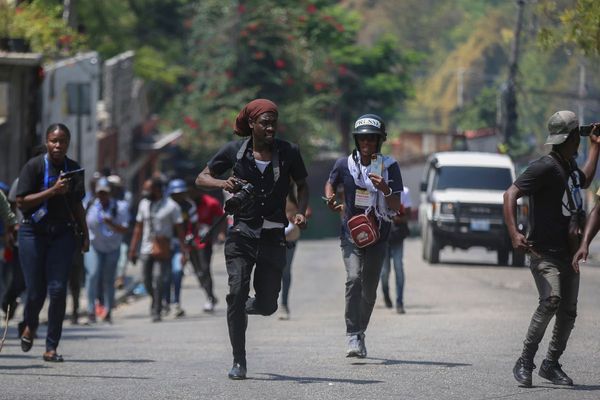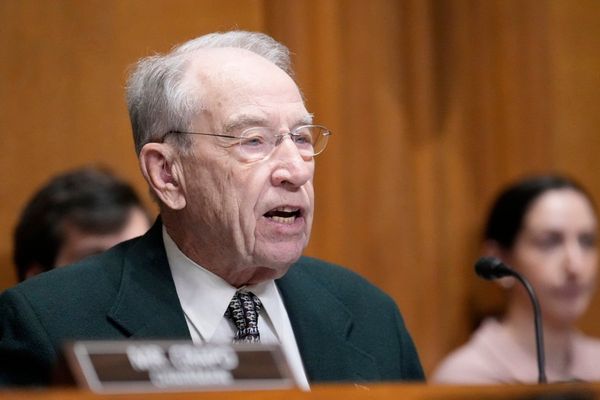SACRAMENTO, Calif. — A new report from the state Department of Justice shows that while conditions in California’s federal immigration detention facilities have improved since the beginning of the coronavirus pandemic, they remain grim.
The department has been required to conduct regular reviews of conditions within the facilities since 2017, when the Legislature passed AB 103. The new report is based on inspections conducted by DOJ staff, correctional and medical experts between October and January.
“Navigating our immigration system is never easy and it is clear from the report released today by my office that the pandemic added new layers of uncertainty for immigrants in federal custody,” California Attorney General Rob Bonta wrote in a statement Thursday. “By shining a light on conditions of confinement at immigration detention facilities still operating in our state, we’re able to provide crucial information that supports on-the-ground efforts to protect the safety and well-being of all of our communities.”
U.S. Immigration and Customs Enforcement, or ICE, operates seven detention facilities in California. Immigrant rights advocates have continued to sound the alarm on conditions in these facilities during the pandemic. In January, dozens of organizations, legal service providers and advocacy groups sent a letter to Gov. Gavin Newsom, Department of Public Health Director Dr. Tomás Aragón and Bonta asking for an increase in inspections and public health precautions. At the time, over 138 detainees at the Otay Mesa facility in San Diego had confirmed cases of the virus.
The DOJ’s new report shows improved pandemic precautions from the fall. But it also shows that even when pandemic conditions could have allowed for increased services and activities, detainees’ options remained limited.
At the Adalanto facility, for example, so-called Formal Legal Orientation programs that gave access to legal advice and representation remained suspended when the department visited, even as ICE had given the green light for the programs to resume. The report says that while there were less detainees in the detention facilities, those in the facilities were remaining there for longer amounts of time than before. Moreover, the report noted that there was a significant reduction in access to legal and religious resources during the pandemic.
“Religious services were essentially eliminated at many facilities, due to the facilities’ previous reliance on outside volunteers to provide services,” the report says. “In some facilities, even the staff chaplain suspended in-person religious services, and facilities have moved to television-based religious programming.”
In March 2020, the pandemic halted in-person visitation, according to the report, and when the department visited the facilities last fall, in-person visits were still suspended.
Theoretically, detainees were able to visit with family virtually. But in practice, it was more complicated. For example, for most of the centers, video visitation required payment — but if someone was willing and able to pay the fee for tablet use, they still might not have access to one.
“While video visits can be a helpful alternative for families who cannot travel to the facility, there is no substitute for in-person visitation,” the report says. “Several detainees expressed frustration over the social visitation suspension that no longer felt temporary or necessary given the advent of vaccinations both in and outside of the facility.”
It wasn’t until May 11 that ICE announced a phased return to in-person visitations.
The department noted a number of concerns at the end of its report. For one, they wrote that due to ICE’s failure to quickly return in-person visitation rights to detainees, they hold concerns about the future of religious services in the facilities.
“At the time of Cal DOJ’s visits, the facilities had improved their COVID-19 protocols compared to the beginning of the pandemic,” the Department wrote. “However, despite improved COVID-19 numbers and access to vaccines, there is a concern about the limitations on detainees’ access to religious services and programming, particularly because two years passed before ICE announced that it would start phasing in in-person social visitation.”







